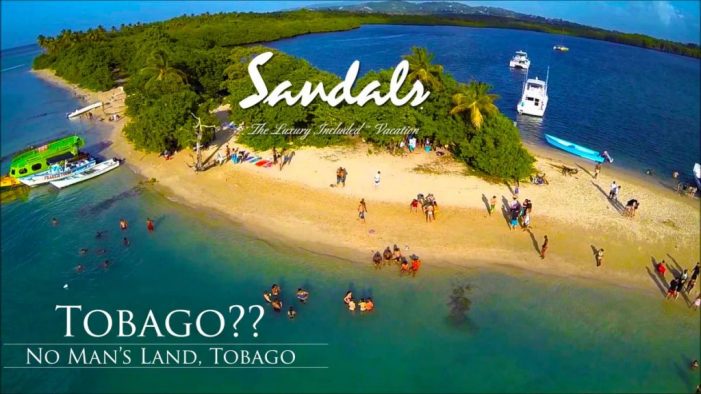Prior to this week, I have never spoken publicly on the matter of the Sandals project as a result of ambivalence on the matter. On the one hand, it did appear on the surface to have potential to attract greater number of tourists to Tobago and thereby increase foreign revenue in this country, but it could have also negatively affected the other businesses on the island, by simply being an all-inclusive resort. That being said, listening to Dr. Rowley explain his rationale for the project, which was banking on the Sandals brand name alone as a primary catalyst for the promised boost in local tourism, he sounded eerily familiar to Patrick Manning who used the same logic for the Hilton Tobago Golf and Spa Resort. Now with the benefit of hindsight, we can all interpret why the Hilton Tobago was doomed to fail, but in my opinion, learning from that experience could have resulted in the success of the Sandals project.
It wasn’t until the “Conversation with the Media” this week however, that it dawned on me how massive an opportunity Keith Rowley has to develop the tourism sector in Tobago, and how he is squandering it after the failed negotiations with Sandals Resorts. In his presentation, he made mention of the impact that similar resorts had when introduced in Pacific islands such as Maldives, Bali and Fiji and singled out the design of the over-the-water units especially, as would have been introduced in Sandals Tobago. In doing so however, not only did Dr. Rowley undermine his entire argument and presentation, but also explain how the project could have been successfully implemented.
Because, part from a few small exceptions, none of the Pacific islands resorts are internationally branded. In fact, these destinations have developed and marketed the islands that they are promoting, instead of any individual hotel or resort. As such, despite being almost identical to each other in many instances, by marketing each island as unique experiences they promote themselves as being destinations that casual tourists must visit. In contrast, with Sandals now located in the most popular Caribbean territories, and their design and experience not including much variety, it is only a matter of time until tourists become bored with the brand and the concept. As such, it is my firm belief that similar to Hilton, their impact on the arrivals and revenue in Tobago would have been minimal in the long run.
As such, given that this administration was committed to constructing and wholly owning the facility I do believe that there is an opportunity to complete the project without the Sandals brand. Moreover, by employing a local hotel management firm this would have meant that all revenue earned by the resort would be banked locally. If the government was honest about their commitment to comprehensive development of Tobago at the same time, they could have focused on transforming Tobago into a tourist destination similar to any of the examples the Prime Minister used in his presentation. Instead of fixating on the Sandals brand, a government with any foresight would have attempted to develop the Tobago brand instead, in order to develop the tourism on the entire island, rather than one resort.
For correspondence:
Ravi Maharaj
Mob: (868) 476-6181
Email: ravibmaharaj@gmail.com
Skype: ravibmaharaj
Editor’s note: The opinions in this article are the author’s, and do not necessarily represent the views of Caribbean American Weekly.


